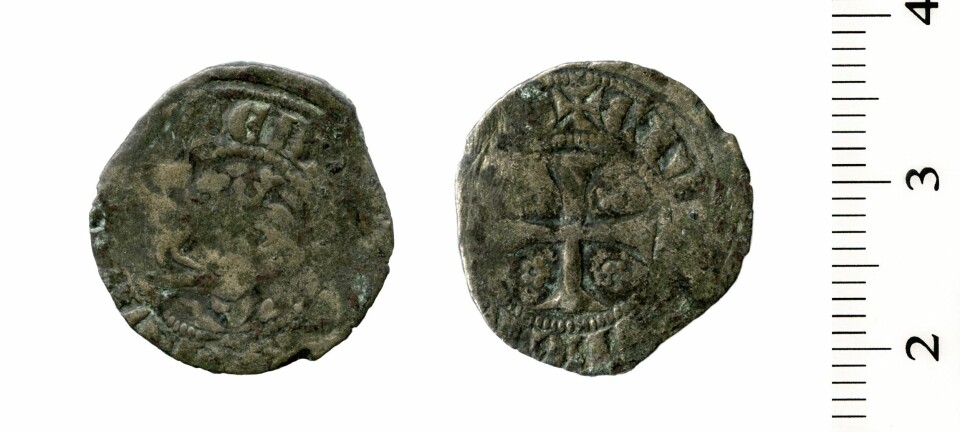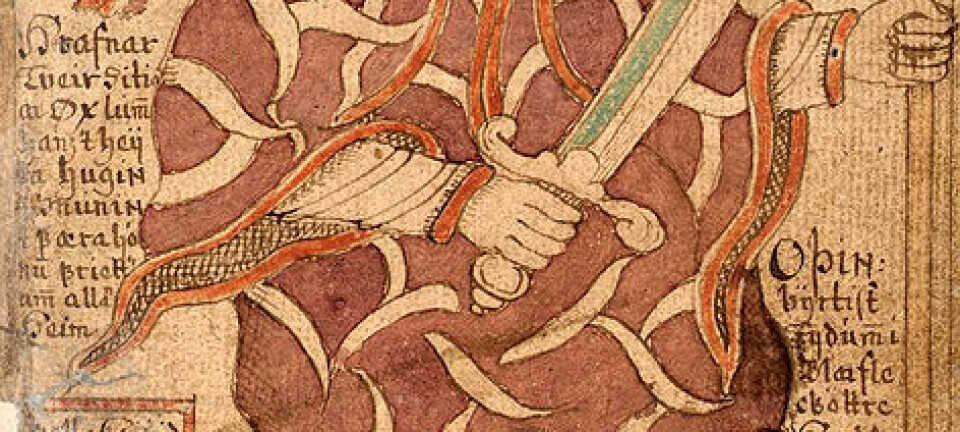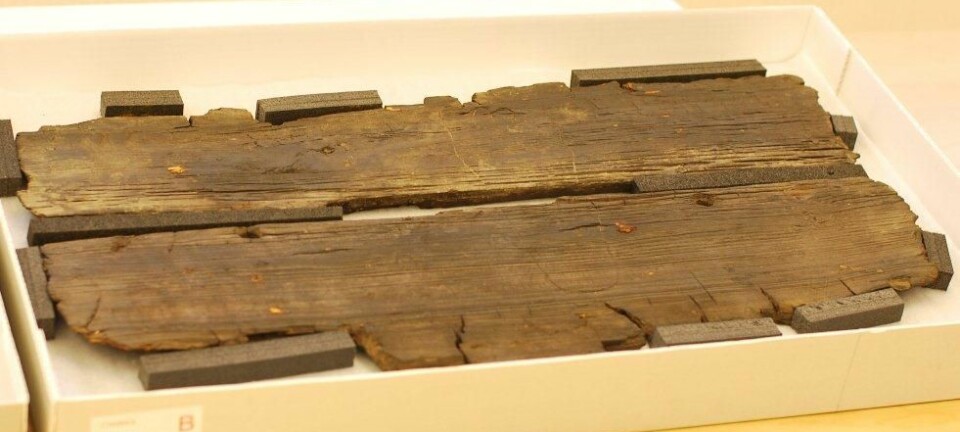An article from Norwegian SciTech News at NTNU
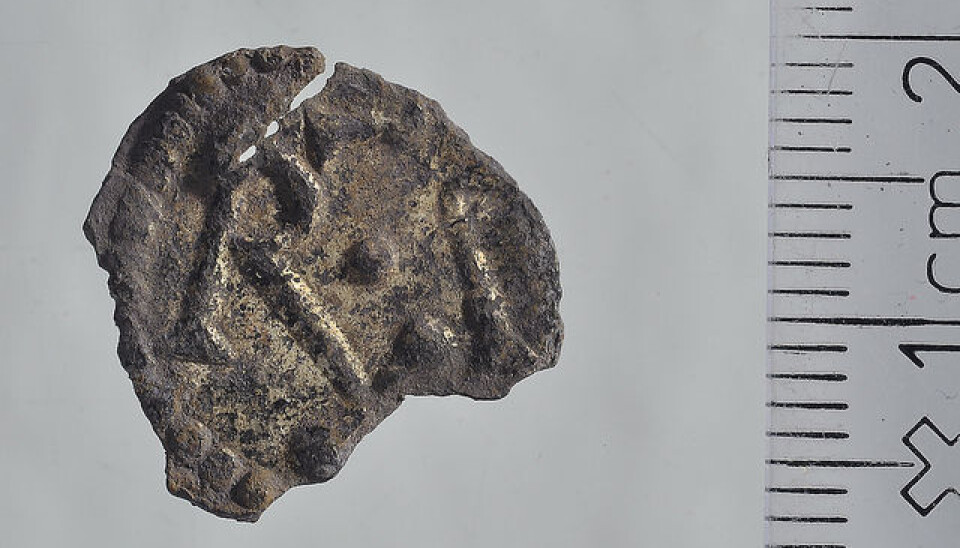
Oldest Charlemagne coin in Norway
An archaeological dig in Trondheim, Norway turned up quite a surprise last week, when a 1200-year-old coin was unearthed - the oldest coin from the Carolingian period ever found in Norway.
Denne artikkelen er over ti år gammel og kan inneholde utdatert informasjon.
The coin was found at Ranheim, which lies just north of the city of Trondheim, in mid-Norway. Trondheim is the country’s third largest city and became an important pilgrimage centre starting in medieval times.
“We are looking for traces of a farm called Vik, mentioned in historical sources and recognised in surrounding place names,” says Geir Grønnesby, an archaeologist and head of the dig, from the Norwegian University of Science and Technology’s (NTNU) University Museum.
“It seems it was deserted in the 17th or 18th century, and since then the exact location has been lost. We have localized Vik from piles of cooking stones, post holes and cooking pits.”
The archaeologists found four coins during this survey - including the very early Carolingian coin.
King of the Franks
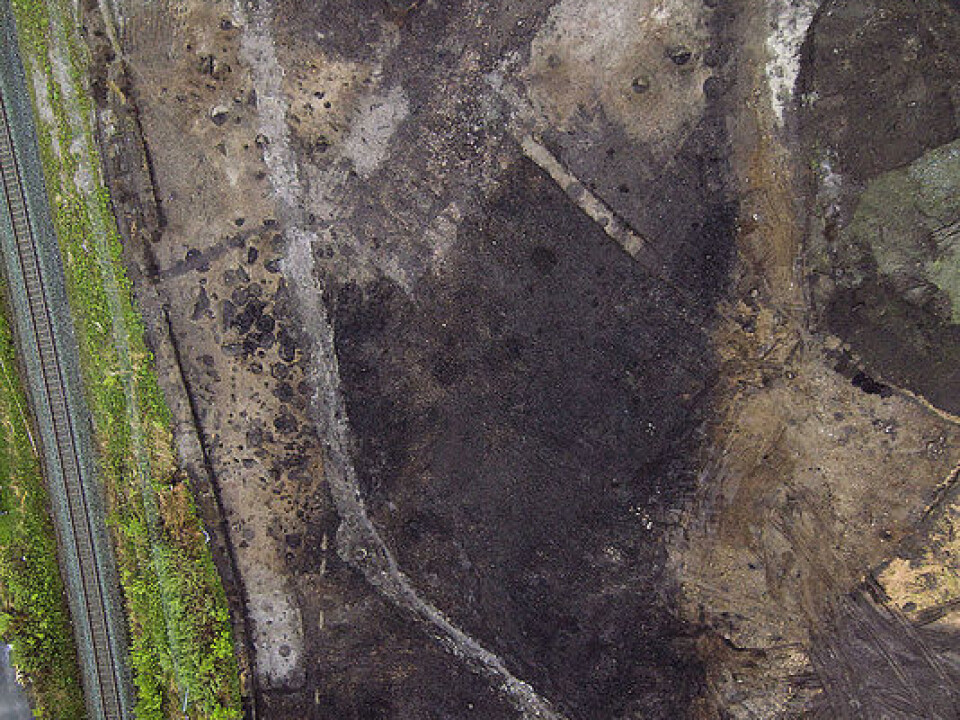
The silver coin was made during the rule of Charlemagne, also called Charles I or Charles the Great, who reigned from 768-814. It was made before he reformed coinage practices in 793-794, which means the coin must have been made between 768 and 793-794.
“Two factors make this find stand out. Firstly, this coin is older than the Carolingian coinage reform, and so far the oldest coin from Charlemagne’s reign found in Norway,” says Jon Anders Risvaag, an associate professor of numismatics and monetary history from NTNU University Museum.
“Secondly, this coin was not found in a grave, in contrast to almost all other coins from Charlemagne and his successors that have been found in Norway.”
The coin reads CAR LVS (Carolus) split in two lines on the front, and has Rx.F on the reverse. The Rx.F is short for Rex Francorum, the King of the Franks.
Viking raids

The Vikings conducted extensive raids in Frankish areas during the ninth century. In addition to looting, they held people and towns for ransom. Researchers have assumed that the reason for the relatively few coin finds in Scandinavia is that they were melted.
Most of the coins that survive were used as jewellery, usually marked with a hole or a loop for hanging.
This coin does not have any of these features, but it seems that the coin might have been gilded. Gilding might suggest it was used for jewellery, but the Museum will have to conduct further investigations to determine certainly whether or not it was ever gilded.
“One might speculate as to how and why this coin ended up at the Vik farm in Trøndelag. The find shows very clearly that this was a great farm with international contacts,” Grønnesby says.
--------------------------------
Read the Norwegian version of this article at forskning.no







